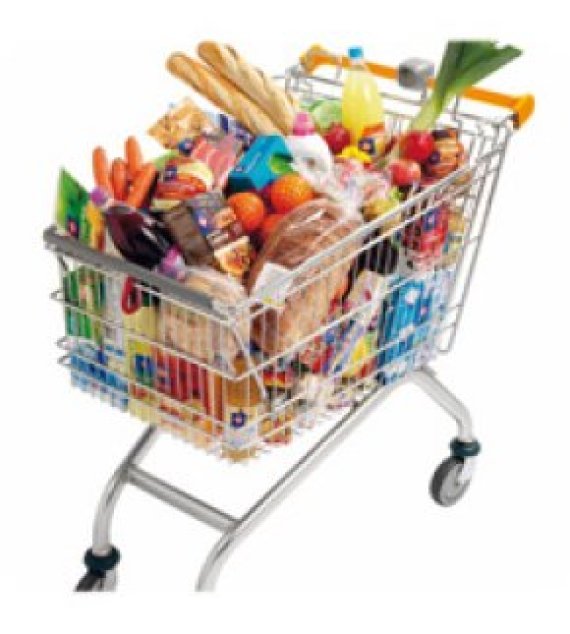How do you persuade the irrational consumer to buy sustainably? Well, really by pulling the wool over his eyes a bit. It is called blending. Wageningen is looking into how feasible it is. This came out during Eetcafe Life, a joint initiative of the Farmer’s Group, the Dutch young farmers association (NAJK) and the Youth Food Movement (YFM), which convened in Orion a week ago. A few dozen farmers sat round the table with members of the public and students. The topic of conversation was: how do you sell sustainable products?
The general public cares about animal welfare and the environment, and likes seeing cows in the meadows. But once a member of the same public steps over the threshold of a shop, he or she turns into a consumer whose goal is to eat as cheaply as possible. Professor Gerrit Antonides (Economics of Consumers and Households) knows why. Once in the supermarket, the consumer’s choices are no longer rationally driven, he says. Consumers are guided by impulses and rules of thumb rather than by well-considered choices. ‘So it is better not to make a rational appeal to consumers but to tempt them into sustainable purchasing choices.’
It is better not to make a rational appeal to consumers but to tempt them into sustainable purchasing choices
Gerrit Antonides
Antonides points to the supermarkets, which could do much more to promote sustainability. If supermarkets put sustainable products at eye level on the shelves, rather than the budget brand, consumers will buy them more often, he says. Antonides: ‘Research shows that if half the products in a shop are sustainable and half are not, consumers buy them in those proportions. If only 10 percent of the products are sustainable, consumers buy 10 percent sustainable products.’
The consumer seems to be a fairly unreflecting creature who just grabs whatever is to hand. Of course the consumer can also be approached as a rational being, says Antonides, but he or she will only be partially susceptible to this. Consumers also turn out to have a preference for standard products, rather than for anything out of the ordinary. Antonides therefore suggests making sustainable products the norm, and unsustainable ones the exception. One way of doing this is to set the unsustainable products apart and mark them with a red cross.
But there is another option: blending. This idea was produced by the National Think Tank of 2012. Spokesman Marc van der Schee explains that this means gradually mixing a sustainable product into the standard version of it. Currently, sustainable products are often more expensive because they require a separate chain and marketing. Blending can solve that problem. In a couple of years, the standard product can be made sustainable without the consumer paying very much more for it. In the coming months the LEI (Agricultural Economics Institute) will do a feasibility study of the blending idea.

